May 28, 2025 | 21:13 GMT +7
May 28, 2025 | 21:13 GMT +7
Hotline: 0913.378.918
May 28, 2025 | 21:13 GMT +7
Hotline: 0913.378.918
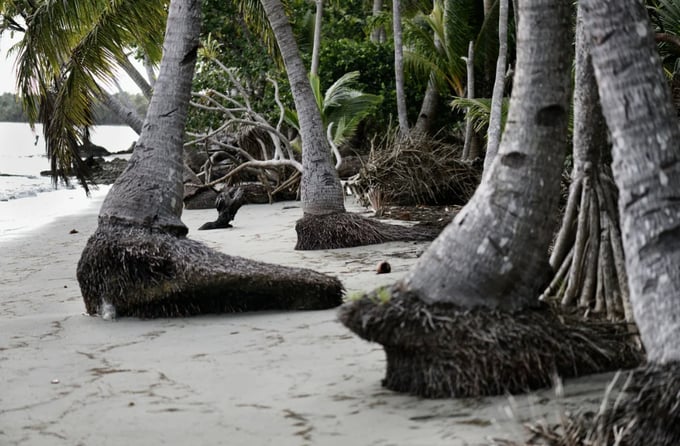
Coconut trees impacted by sea level rise stand on a beach in Fiji.
The decade-long project found that more than one in three tree species are threatened with extinction, underscoring the scale of the crisis facing our planet’s ecosystems.
The report for the International Union for Conservation of Nature’s Red List, which dropped during the two-week UN biodiversity conference in Cali, Colombia, revealed that of the 47,282 tree species assessed, at least 16,425 are at risk of going extinct — more than double the number of all birds, mammals, reptiles and amphibians threatened with extinction combined.
Planet-warming fossil fuel pollution is threatening the trees, which suck that pollution out of the atmosphere, meaning their loss is exacerbating the climate crisis.
Some of the major threats trees face also include deforestation for urban development, agriculture, invasive species, diseases, as well as sea level rise and more intense storms, researchers say.
The list reveals how “the loss of trees directly threatens thousands of other species, plants, fungi and animals, demonstrating how deeply interconnected our natural world is,” Grethel Aguilar, IUCN Director General, said during a Monday press briefing in Colombia.
“Trees are the barometer of life,” Aguilar added. They produce the oxygen humans breathe, provide food and shelter for wildlife, give medicine and sustenance to Indigenous peoples, and absorb heat-trapping carbon pollution from the atmosphere.
The highest portion of threatened trees is found on islands like Fiji, Cuba and Madagascar. In South America, which is home to the Amazon Rainforest, 3,356 out of the 13,668 assessed tree species are at risk of extinction due to deforestation for crop farming and livestock ranching.
The Red List is considered the most comprehensive global source for threatened species and extinction information. The index categorizes species by those that are of least concern, near threatened, vulnerable, endangered, critically endangered and extinct. These classifications are based on the species’ population size, distribution, habitat loss, and other threats such as the climate crisis.
Being listed as a threatened species means that the species faces the risk of extinction, sending a serious warning sign that calls on governments and organizations to take urgent conservation efforts to prevent a species’ extinction.
Those efforts need to start with trees, Aguilar said.
“Can you imagine a planet without trees?” she added. “We, humans, are capable to reverse this and save these trees that we depend on, so the task that we have is huge.”
(CNN)
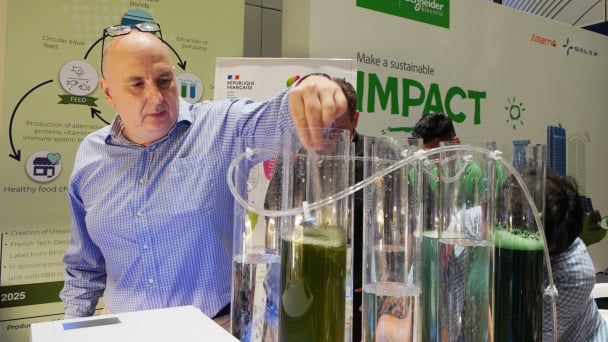
(VAN) On May 27, La French Tech Vietnam (the French startup and innovation community in Vietnam) held the French Tech Summit Vietnam 2025.
/2025/05/27/4731-2-223159_980.jpg)
(VAN) No votive paper, no styrofoam, no plastic bags, no plastic bottles, and no single-use plastic trays are the key rules tourists should keep in mind when visiting Con Dao.
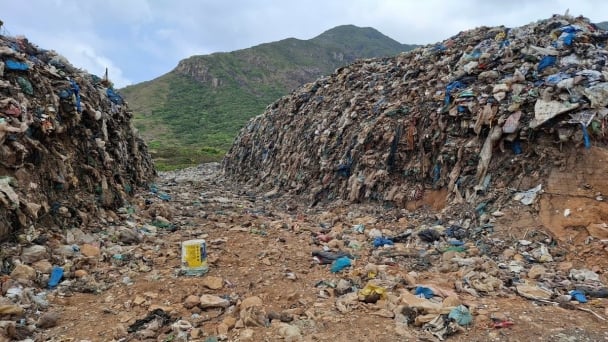
(VAN) In the fight against plastic pollution, Vietnam has been demonstrating a proactive, pioneering, and active role in addressing the greatest environmental challenge today.
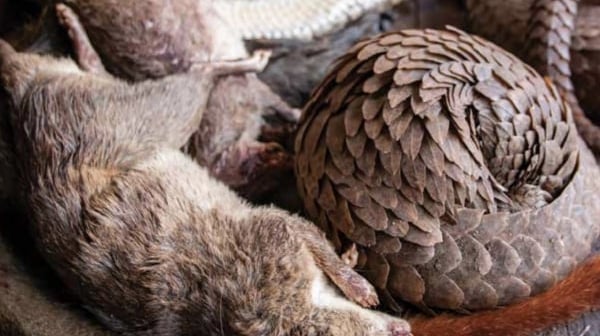
(VAN) The WOAH guidelines provide a vital tool for risk chain analysis, covering the extraction, transportation, consumption, and handling of confiscated wildlife.
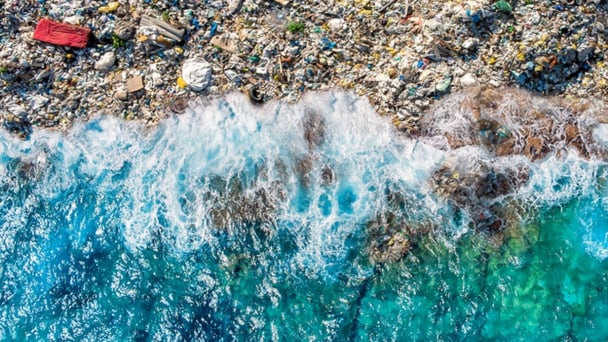
(VAN) World Environment Day 2025 is launched by the United Nations Environment Programme (UNEP) with the theme 'Beat Plastic Pollution'.
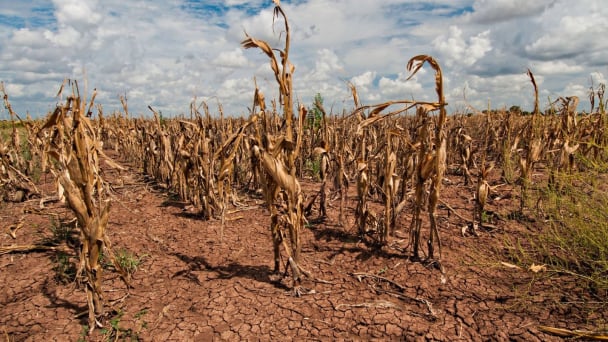
(VAN) As climate whiplash reshapes yields, experts say data-driven tools and targeted relief are critical to feed America.

(VAN) The alignment in goals and operational direction between the Vietnam Agriculture and Nature Newspaper and Shaanxi Daily opens up promising prospects for journalism and media cooperation.